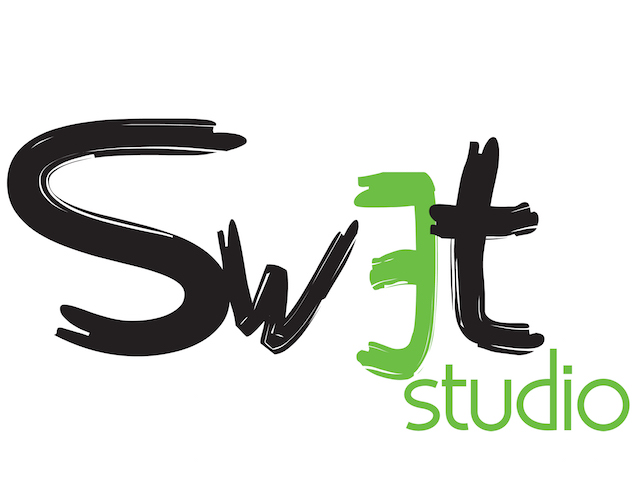Long distance runners benefit from aerial yoga and fitness regimen.
Long-distance runners know the toll the road takes on their bodies. Especially in the cold in New England, where runners train in all conditions throughout the winter for their long Patriot's Day run in Boston, there is a physical price to be paid. Besides requiring dedication, endurance, and stamina, distance runners need time to heal. The benefits of yoga for distance runners have been well documented in the medical literature. Consideration should also be made to supplement one’s training to reduce the risk of injury through aerial yoga and fitness regimen. There are some key reasons why such a regimen would be beneficial.
Joint & Spinal Decompression and Better Stretching
Running, by its nature, is a high-impact sport. With every foot strike and mile, serial pressure is placed on the runner’s joints, spinal column, and extremities. Biomechanically, the pressure is transmitted from the road through the feet, ankles, knees, and joints in a pounding, repetitive manner. With time, increased pressure builds, and the distance runners can feel it in their joints. Given the repetition, disc compression is also to be expected. Distance running overtaxes certain muscle groups, including hamstrings, hip flexors, and calves. It also puts added pressure on the stabilizing musculature of the outer hip and thigh, not to mention the IT band, which can be particularly problematic for many runners.
Aerial Yoga, such as Swet Studio’s, provides a proven and safe way to decompress one’s spine through utilizing aerial techniques in a silk hammock suspended in the air. The concept is simple: body and mind are focused through various inversions designed to heal and restore spirit and vitality. The pounding road creates compression, and the inversions in the hammock are designed to counter decompression. By using the hammock, extra relief is given to one's hip and neck, which allows them to stretch out with safe support.
While different yoga modalities might seem too intimate to the uninitiated, the hammock is designed to be extremely accessible. The hammock is like having the perfect balancing assist of one's own personal stretching companion. The hammock cradles one’s body in the safe confines of silk so one can actually stretch further and more effectively than on the ground. After a Swet Studio class, many professional athletes will describe it as the “best stretch” they have ever had.
It is a Good Alternative Workout
Inversions help regulate blood flow, including heart and head. This results in a fantastic detox. It also provides an alternative workout of the heart muscle than triggered by a run, and variety increases endurance. According to a recent study from the American Council on Exercise (ACE), participants who did three 50-minute aerial yoga classes a week for six weeks lost an average of two and a half pounds, 2 percent body fat, and about one inch from their waist, while simultaneously increasing their VO2 max (a measure of fitness) by 11 percent.
Balance and Injury Prevention
There are various things one can do on their “rest” day to help with recovery and reduce the risk of injury on your long runs. In addition to reducing the risk of injury through stretching, balance is key. Any distance runner knows the pitfalls of being off-balance, missing a step, and having a twisted ankle, sprain, or other injuries. This is especially so for cross-country runners or those running long distances. A system plays a crucial role in regulating coordination and body awareness called the proprioceptive sense. This is essentially an unconscious sense that sends us messages from our muscles and joints. It helps regulate how our body is positioned and balanced. The silk hammock actually helps increase proprioception, resulting in better coordination and balance. This is one of the reasons why aerial classes such as Swet Studio’s Restorative is favored by neophytes and the elderly, as it helps with coordination. So too, increasing balance and coordination reduces the risk of injury for distance runners.
Mental Edge
New science has revealed just how vital the mind plays a role for athletes and distance runners. While the axiom of “mind of matter” has been around forever, the benefits of foundational visualization techniques, through which athletes can empty their mind, focus their breath, and have a physical reaction to visualized imagery, is a powerful tool. Implementing a meditation program is especially helpful during periods of recovery when the body is not physically able to be out running.
Relaxing in a cocooned hammock helps regulate breath and allows the mind to become focused. It is also tremendous fun.
